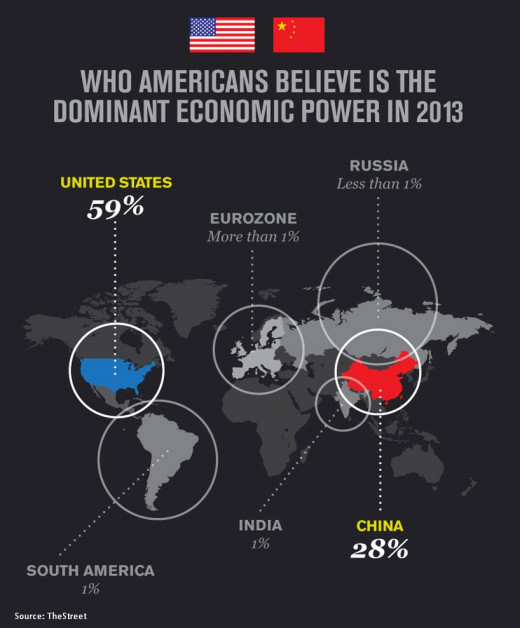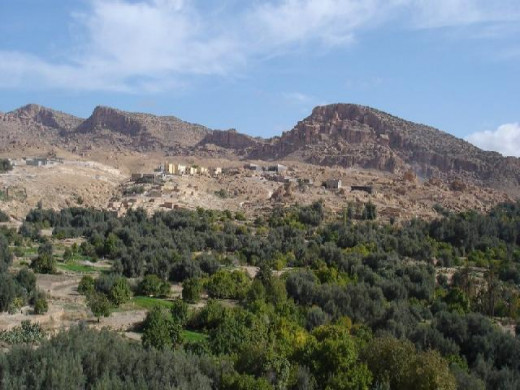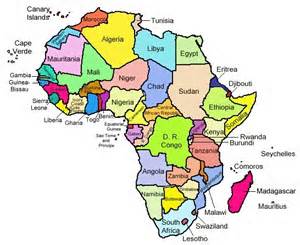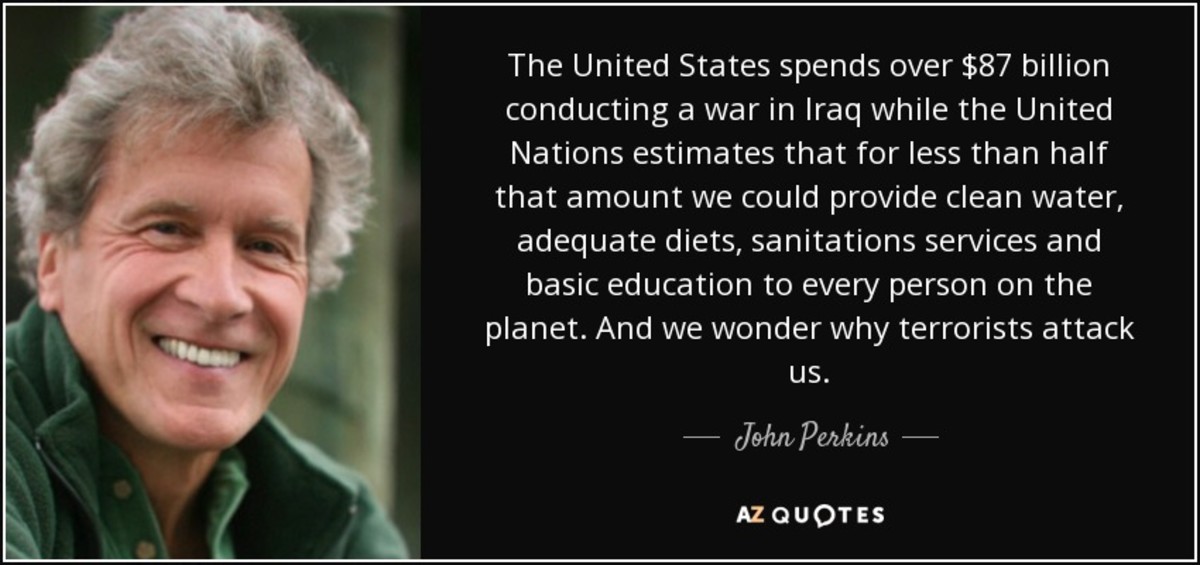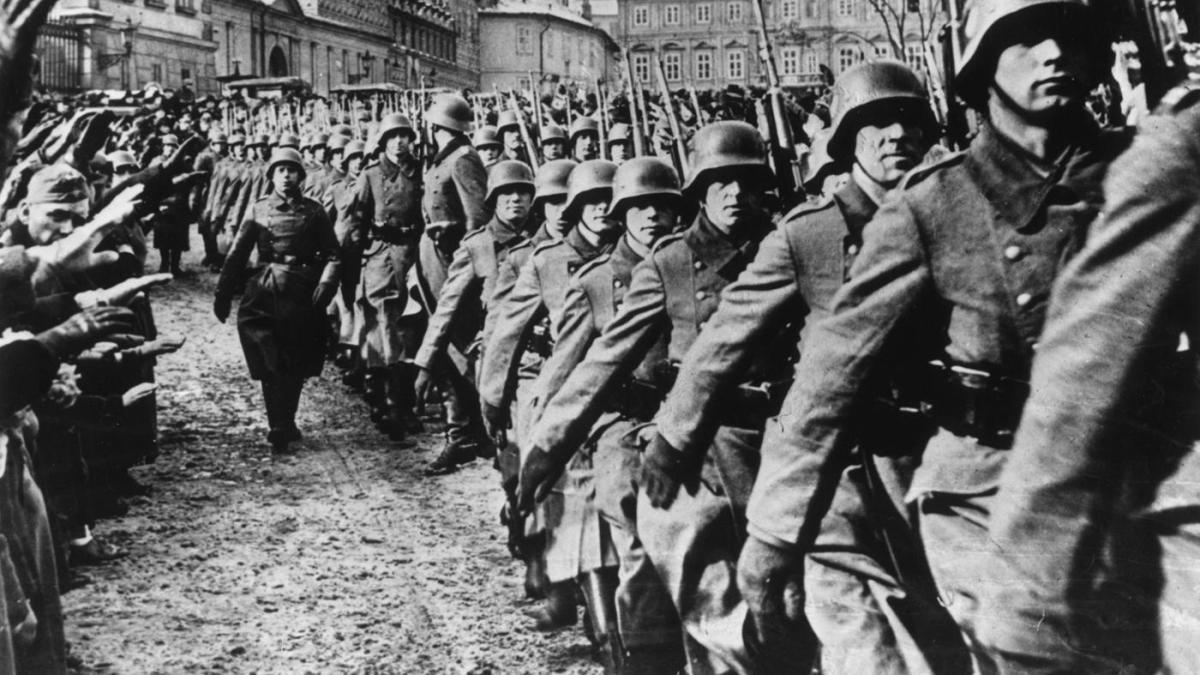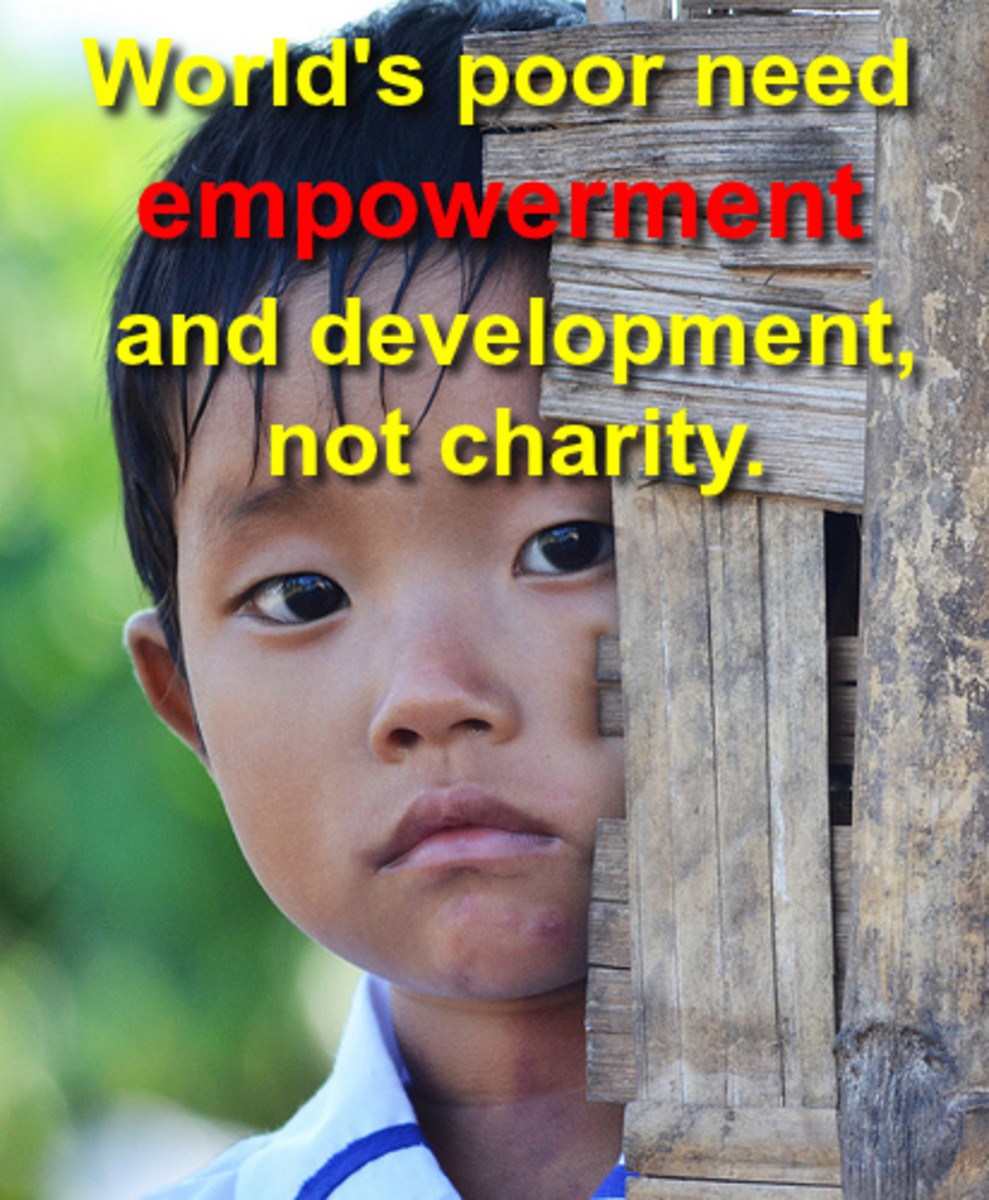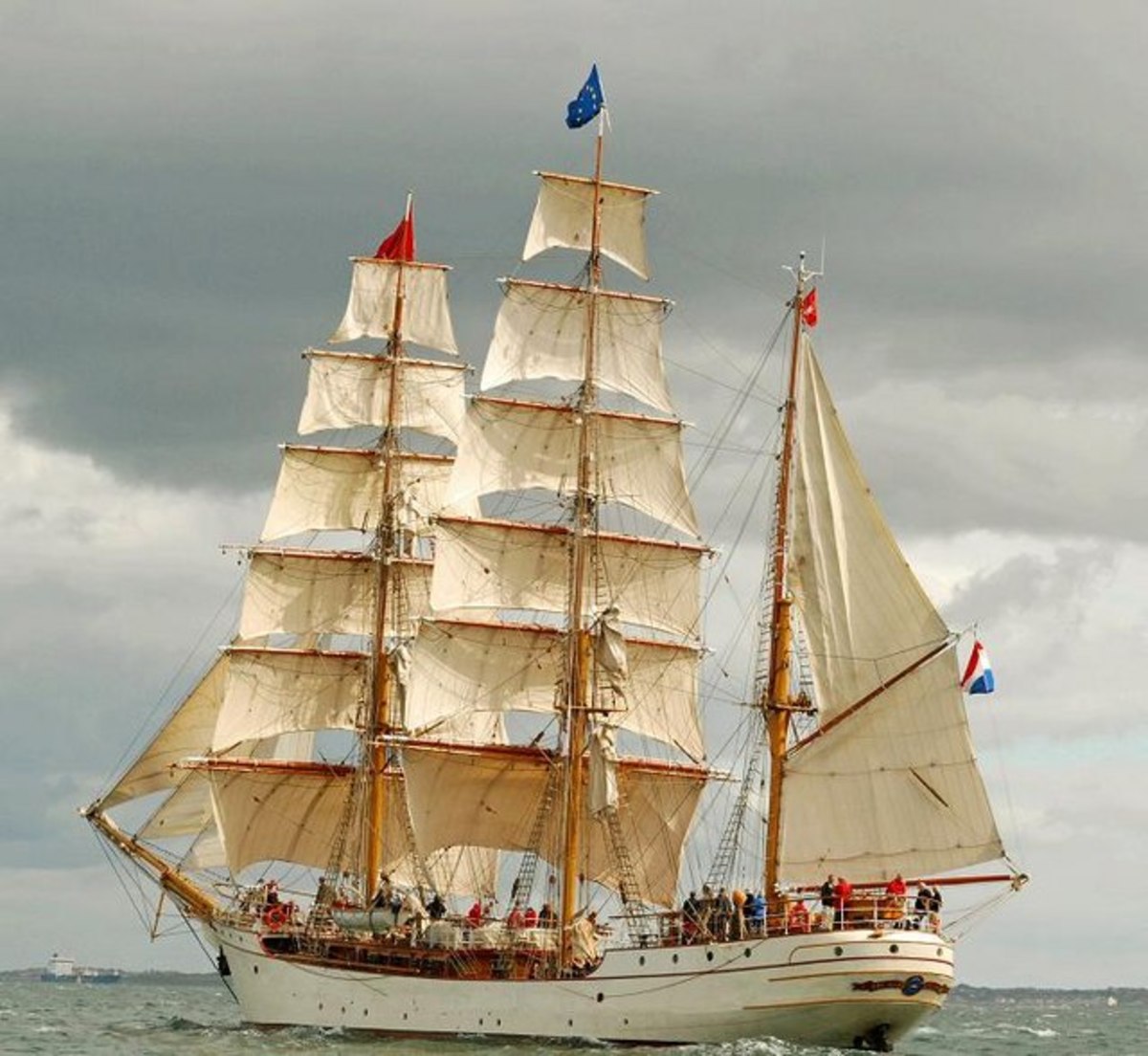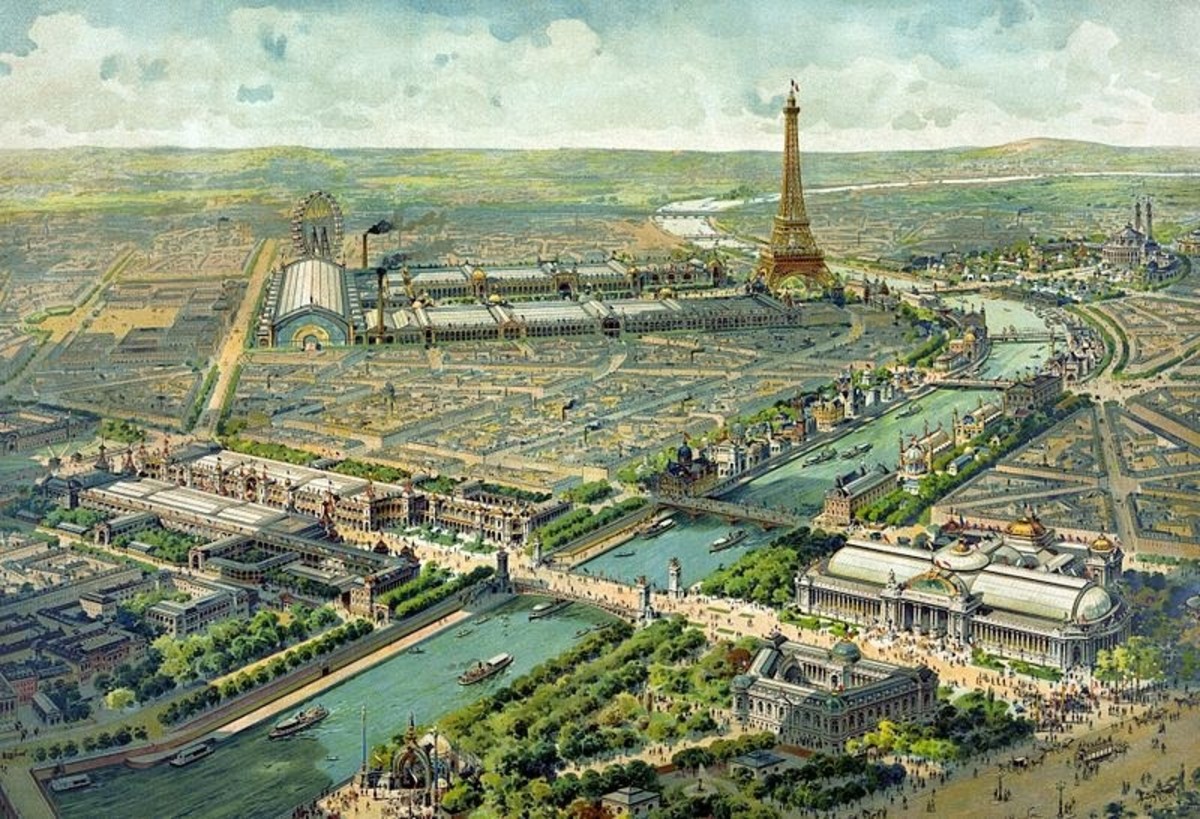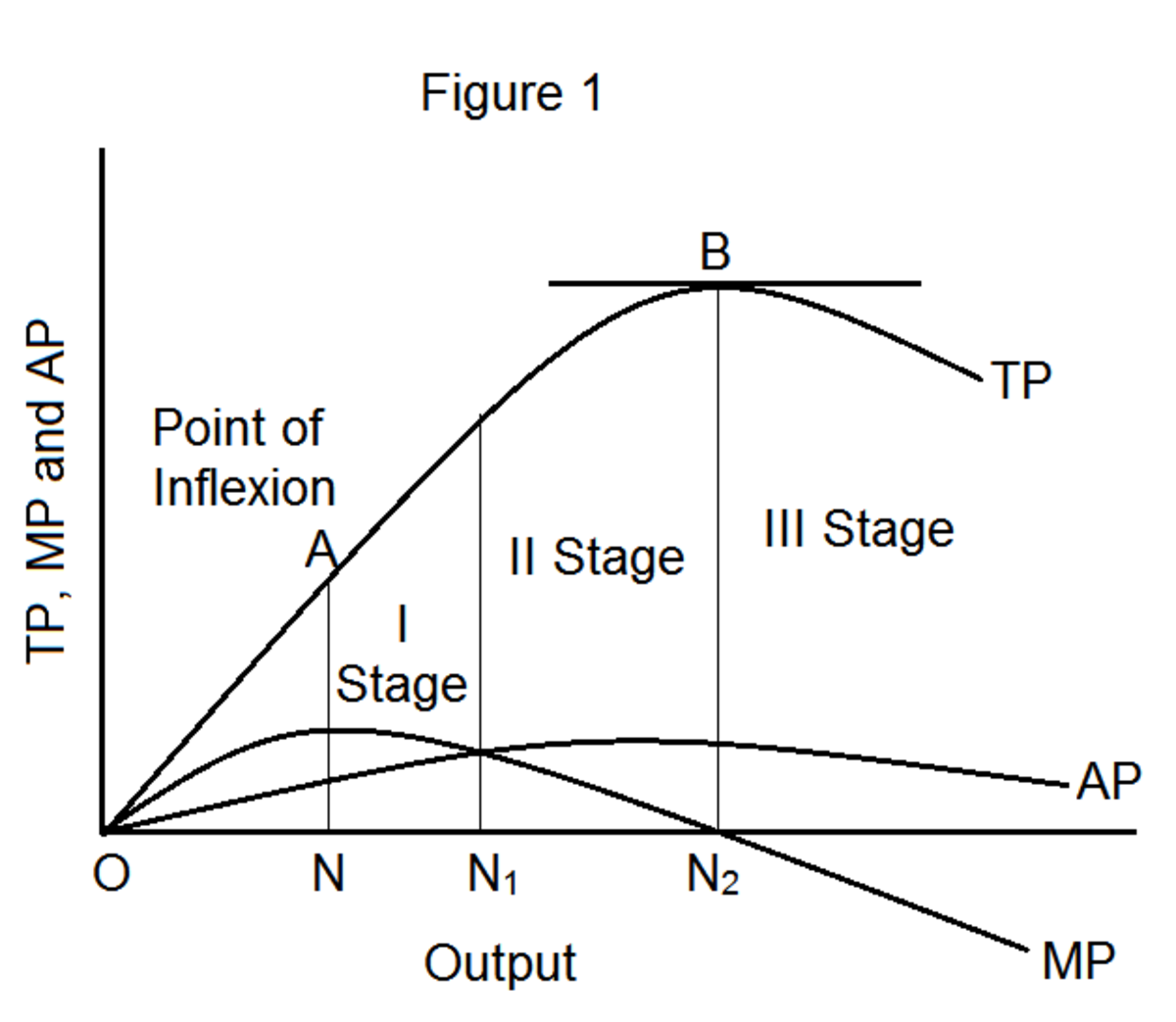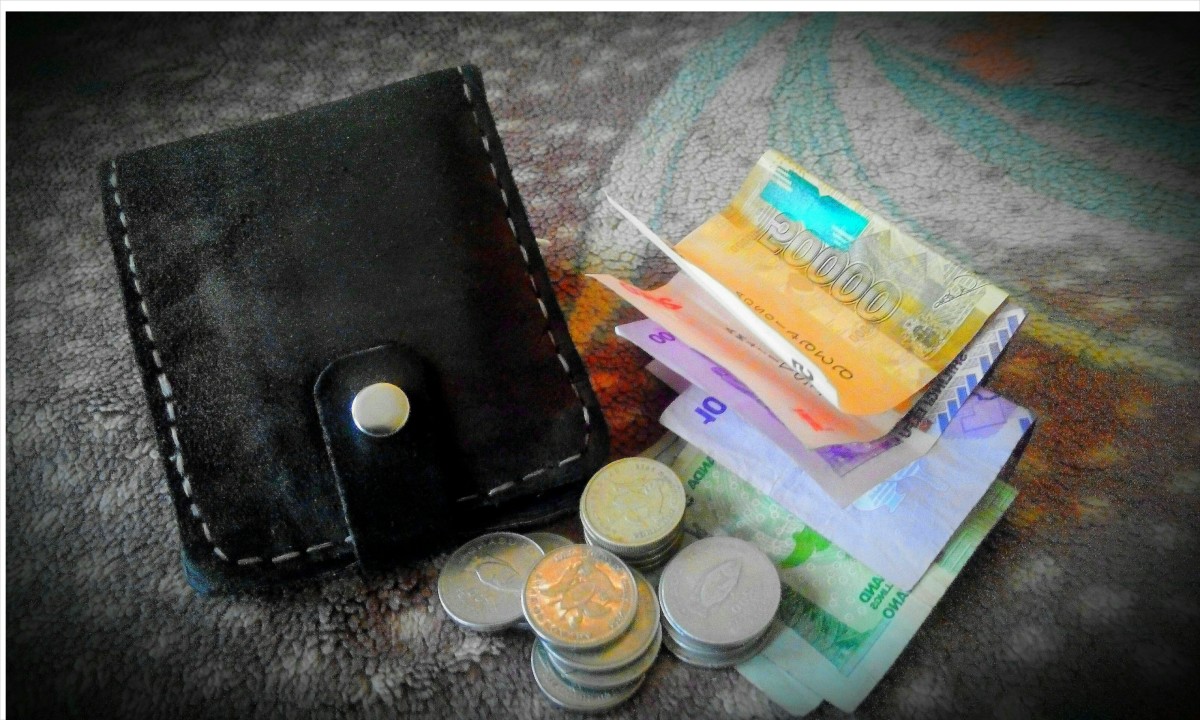Knowledge of China is a safer economic footing for world economies; Lessons for Africa
China the dragon teaches Africa the motherland
This is the first of a mini-series on China and Africa.
China stands out as a tip of a huge mountain
China however, would serve as one country to emulate if Africa needs to eradicate poverty. China has its worthy successes but also has its mistakes. In order for Africa to copy what China does well, there is need to understand China. This paper attempts to throw light on China from far gone dynasties to present day.
Where Africa can look for help
Africa can break through barriers in its way as it embraces modern approaches or appropriate methods to: good governance; eradicate poverty; ill health; poor standards of living; poor environment and resource use. Africa can look to USA, Canada, Europe, Russia, South America, Caribbean, Asia (especially India, China, Pakistani, Philippines and Japan), or Australia.
China; its bark and bite
China is a country that has been put in the position it enjoys not only because of sophistication. This has been possible by using the tested and tried methods in communities. China has also used modern technology and infrastructure side by side with indigenous methods. There are lessons for Africa. China is a “world leader in gross value of industrial output; mining and ore processing, iron, steel, aluminum, and other metals, coal; machine building; armaments; textiles and apparel; petroleum; cement; chemicals; fertilizers; consumer products, including footwear, toys, and electronics; food processing; transportation equipment, including automobiles, rail cars and locomotives, ships, and aircraft; telecommunications equipment, commercial space launch vehicles, satellites” (CIA World Fact Book).
Visionary Strategies of China by 2050
China has so many features that make it compete so well in a capitalist leaning world.African can learn lessons from some of these features: a socialist Market Economy; world's second largest economy after USA;world's fastest growing economy after USA; has a high purchasing power parity; economic growth rates average above 10% since 1980's; largest exporter; second largest importer; largest manufacturing economy; fast growing service-driven economy after USA and Japan; Free Trade Areas in which China is an importer and exporter is mutually empowering (ASEAN-China FTA and China-Switzerland FTA); Visionary plans like the Two-100s are putting in place development plans in which all China is developed; Using tradition, history and present needs to formulate development plans. This is in form of the Vision 2020/2049; creation of special economic zones; address economic crimes; address regional inequalities; address environment issues; address civil strife; keeping state enterprises afloat; manage resource use and conservation (oil, minerals, transport. Communication, hydroelectricity generation, coal, nuclear, manufacturing, natural gas, steel, automotive, wind energy); services; tourism; goods; and willingness to invest abroad as well as sharing expertise. For further reading:
http://en.wikipedia.org/wiki/Economy_of_China, http://money.cnn.com/2013/07/18/news/economy/china-us-superpower/,
http://www.cnbc.com/id/101169393
http://economix.blogs.nytimes.com/2012/06/15/putting-chinas-economic-power-in-perspective/?_r=0
http://www.foreignpolicy.com/articles/2010/01/04/123000000000000
Name other Economies beneficial to Africa?
What other economies besides China can be beneficial to Africa?
According to John Fairbank
The Chinese World Order (John Fairbank, 1968; The Chinese World Order)
China enjoys a long history of commerce with next door countries. Africa as a continent needs to build partnerships within its boarders and outside of it. China has a legacy that consolidated itself from 1279 to 1912. The Mongol and Manchu Dynasty of 1279-1368 and Ching Dynasty of 1644-1912 were opportunities through which China created critical skills and professionalism. This level of social improvement was passed on to succeeding generations. China used its great age, great size, improved links in tribute-making, promoted a unifying myth known as 'sun of heaven,' working relations with sovereign states and accepting the existence of a multicultural diversity. This Africa can copy too.
China developed what is known as Sinocentrism as a result of its age, size and wealth. In it was the idea and practice by China, its leaders, its communities in relation to its identity and external policy. The sphere of influence then was: East Asia (China, Korea, Vietnam, Japan, Small Island Kingdom of Liu-Chiu (Ryukyu). These countries shared the Chinese ideographic writing system. They were known as the Sinic zones. The Confucian classical teachings were also shared. The teachings are about family, social order, official examination system that set standards, its influence on organization of Chinese monarchy and bureaucracy. This sphere of influence was marked out and known. It was known as 'heaven.' It was thought to be presided over by the son of heaven. In Chinese the heaven was called 'T'ienhsia' and the son of heaven was called 'T'ien-tzu.' This influenced the way China conducted itself with those nations in the sphere of influence. This was the sphere called Chinese empire. 'In any case it included most of the known world. The relations of the Chinese with the surrounding areas and with non-Chinese people generally were colored by this concept of Sinocentrism and an assumption of Chinese supremacy,' (Fairbank, page 1-2). Africa can create a continent wide sphere of influence. It can design strategies to eradicate poverty. This can be the rallying call galvanizing politicians, community leaders and communities.
China had a hierarchic and non-egalitarian administration. It looked at all the other countries under heaven as tributaries. These paid tributes to China. China ruled within its walls and outside of them. There were non-nomadic and nomadic tribes that made up present day China. The outer wall tribes were known as the wai-i. Arrangements were made to pay tributes by all tribes as well as over the seas from South East, South Asia, Europe, Korea and Japan. China was able to keep records on all transactions, commerce and interactions. It is this ability to keep records and be abreast of things that Africa needs to explore.
China had civil strife internally. The disorder would affect the image of China as well as the economic stand. 'Most dynasties collapsed under the twin blows of inside disorder and outside calamity (nei-luan, wai-luan), that is domestic rebellion and foreign invasion. Every regime was therefore under pressure to make the facts of its foreign relations fit theory and so confirm its claim to rule China, ' (Fairbank, page 3). Africa can use this as lessons too. The strife from communities needs to be addressed on time.
China strived to adjust economically in the 19th and 20th Century. It invested in the following arrangements: political; economical; military; cultural; development; and resource use. The role of the Confucian philosophy in shaping present day China cannot be dismissed. The Confucian philosophy was perpetuated through doctrines of superordination-subordination summed up in the three bonds. The three bonds (san-kang) governing the relations of benevolence and obedience respectively between: father and son; husband and wife; prince and minister. Africa can learn tremendously from this arrangement.
China benefited from a legacy of long leadership organization. It instituted a reward system that was followed all over China. The leadership organization constituted of: military, judges, administrators, high priests, sages, patrons, and arbiters of taste. There were proper ceremonies accompanying certain activities. Proper status had to be accorded depending on hierarchy. This was followed by proper symbolism, education, regulation and punishment. There were forms of leadership employed in China: there was a ruling method employing personal relations; another wasthe one that used bureaucratic structures. They used professionally qualified administrators who held sway in large territories over the entire empire. It was possible for peasants to work themselves up the leadership grid through adherence, commitment, education, tribute-making, favoritism and good performance.
China and Africa Perspectives
Click thumbnail to view full-size



